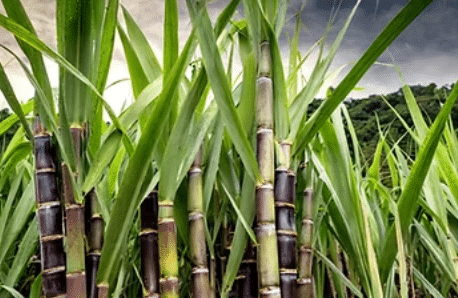Worksheet Solutions: The Beginnings of Indian Civilisation | Worksheets with Solutions for Class 6 PDF Download
| Table of contents |

|
| Multiple Choice Questions (MCQs) |

|
| Fill in the Blanks |

|
| True or False |

|
| Match the Following |

|
Multiple Choice Questions (MCQs)
Q1: Which river is known for supplying water to the agricultural fields in Punjab and Sindh?
(a) Ganges
(b) Indus
(c) Nile
(d) Sarasvati
Ans: (b) Indus
The Indus River is crucial for irrigation in the Punjab and Sindh regions, supporting agriculture in these areas.
Q2: What was the primary material used in the construction of the Great Bath in Mohenjo-daro?
(a) Stone
(b) Brick
(c) Natural bitumen
(d) Wood
Ans: (c) Natural bitumen
The Great Bath was constructed using natural bitumen, which provided waterproofing for the structure.

Q3: Which ancient civilization is commonly referred to as the Harappan civilization?
(a) Mesopotamian Civilization
(b) Indus Valley Civilization
(c) Egyptian Civilization
(d) Mesoamerican Civilization
Ans: (b) Indus Valley Civilization
The Harappan civilization is another name for the Indus Valley Civilization, known for its advanced urban planning.
Q4: What role did trade play in Harappan society?
(a) It was not important.
(b) It was limited to local exchanges.
(c) It involved both local and long-distance exchanges.
(d) It only involved barter.
Ans: (c) It involved both local and long-distance exchanges.
Trade was a significant aspect of Harappan society, facilitating economic interactions within and beyond the region.
Q5: Which of the following crops did the Harappans NOT cultivate?
(a) Wheat
(b) Rice
(c) Cotton
(d) Sugarcane
Ans: (d) Sugarcane
While the Harappans cultivated various crops, sugarcane was not among them, as it was not widely grown in that period.

Fill in the Blanks
Q1: The ancient cities of __________ and __________ were the first to be discovered in the Indus Valley Civilization.
Ans: Harappa, Mohenjo-daro
Q2: The __________ River is now recognized as a seasonal river that flows only during the rainy season.
Ans: Sarasvati
Q3: The Harappans were known for their advanced __________ management systems.
Ans: water
Q4: Harappa was the first city excavated that belongs to the __________ civilization.
Ans: Harappan
Q5: The Harappans were the first in Eurasia to grow __________.
Ans: cotton
True or False
Q1: The Great Bath in Mohenjo-daro was likely used for public bathing by all citizens. (True/False)
Ans: False
Q2: The Harappan civilization relied heavily on trade with other civilizations. (True/False)
Ans: True
Q3: The Sarasvati River is mentioned in the Rig Veda. (True/False)
Ans: True
Q4: The Indus Valley Civilization was primarily known for its military strength. (True/False)
Ans: False
Q5: The decline of the Harappan civilization was largely attributed to climatic changes. (True/False)
Ans: True
Match the Following

Ans:

FAQs on Worksheet Solutions: The Beginnings of Indian Civilisation - Worksheets with Solutions for Class 6
| 1. What are some key features of the beginnings of Indian civilisation? |  |
| 2. What is the significance of the Indus Valley Civilisation in Indian history? |  |
| 3. How did the Vedic Period contribute to Indian civilisation? |  |
| 4. What were some achievements of the Mauryan Empire in Indian history? |  |
| 5. How did the Gupta Empire contribute to the Golden Age of Indian civilisation? |  |





















